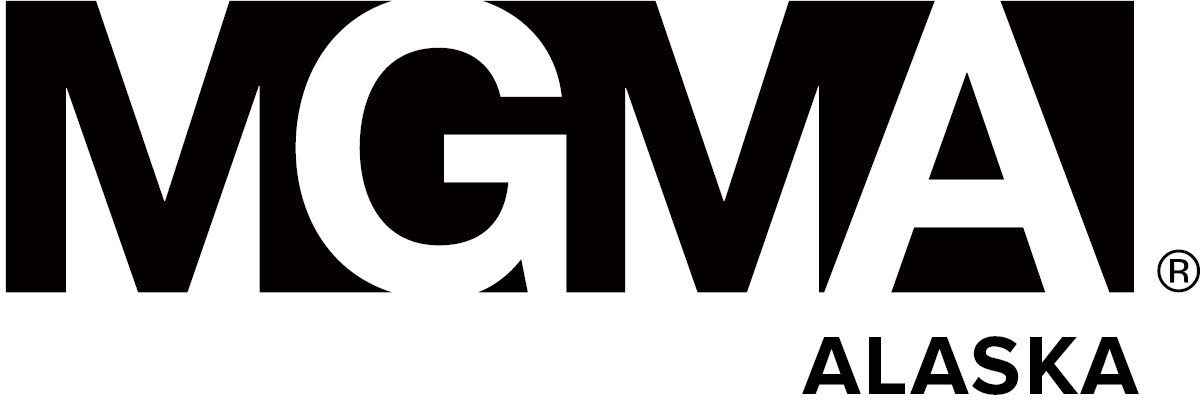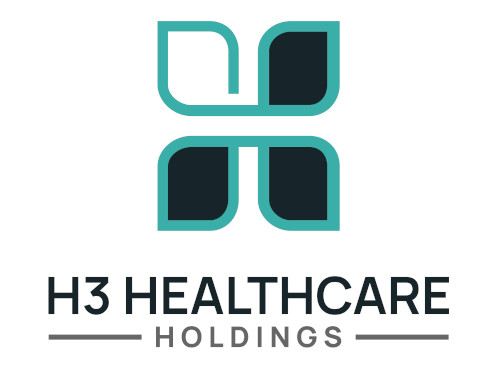Addressing Patient No-Shows A missed appointment - defined as an appointment a patient was scheduled for but neither canceled, nor attended - is both costly to a practice and can lead to negative health outcomes for the patient. And yet, it was found that no-show rates at outpatient clinics can be as high as 21%. As practices look to drive down their rate of no-shows, there are several strategies we see practices put into place that seem promising, but ultimately aren’t effective, and in some cases have the opposite effect and drive patients away from the practice. Approaches that don't work if you want to reduce patient no-shows:
Up to 25% of practices charge some kind of no-show fee. But, often, patients report that they were not made aware of this penalty in advance, meaning it had no impact on their decision to attend the appointment, but did risk causing negative feelings toward the practice.
With the rise in frequency of spam calls, many people don’t answer phone calls from unknown numbers. Establishing an appointment reminder system is extremely important, but, as we'll discuss in a moment, it’s critical to go beyond just automated phone calls.
Similar to airlines, some practices will book multiple patients for the same time slot with a given provider. When implemented well, at best, this can slightly reduce overall no-show rates, but often, the net result is frustrated patients and overworked schedulers and providers, who have to manage situations where both patients arrive for their scheduled appointment.
Oftentimes, to cancel an appointment, a patient has to search for a practice’s phone number, and then wait on hold for an extended period of time in order to interact with a member of the scheduling team. In these situations, it’s much more likely that a patient will simply give up and no-show their appointment, rather than spending time waiting to connect with the practice.
A 2017 study found the average wait time for a physician appointment for a new patient was 24.1 days. In that nearly month-long gap, patients may become sicker and require hospitalization, or may lose track of the context of what the appointment was for, and deem it no longer necessary.
6 strategies that do work and have proven to be highly effective in reducing missed appointments:
We discussed why robocalls by themselves don’t work. Rather, your approach to reminding patients of an upcoming appointment should utilize email, SMS text messages, and voice calls. Calls and texts should ideally originate from the practice’s main phone number, rather than a randomly selected phone number.
Patients should be able to easily respond to your appointment reminders to confirm, cancel, or even reschedule their appointments. Responding “cancel” to an SMS text message is exponentially more convenient than navigating a practice’s phone tree.
Reminders that don’t receive a response should be sent again in order to increase the chances of the patient responding, and ultimately attending their appointment. Successfully reminding a patient of an upcoming appointment also allows the patient lead time for addressing potential time conflicts or transportation challenges.
Practices are busy, but one strategy that can help drive down appointment wait times is to establish a wait list, so that when cancellations do occur, patients on the wait list can be moved up.
This education should touch on both the impact to the practice’s operation and to the patients quality of life.
Rather than charging a no-show fee, consider instead entering all patients who confirm their appointments into a monthly drawing for a prize. Putting together a cohesive set of processes to reduce patient no-shows can be challenging and time intensive, especially for busy practices. But, doing so is critical to both optimizing revenue and increasing the quality of patient outcomes. Need help combating no-shows at your practice? The team at H3 can help. Contact H3 today for a free consultation! |


